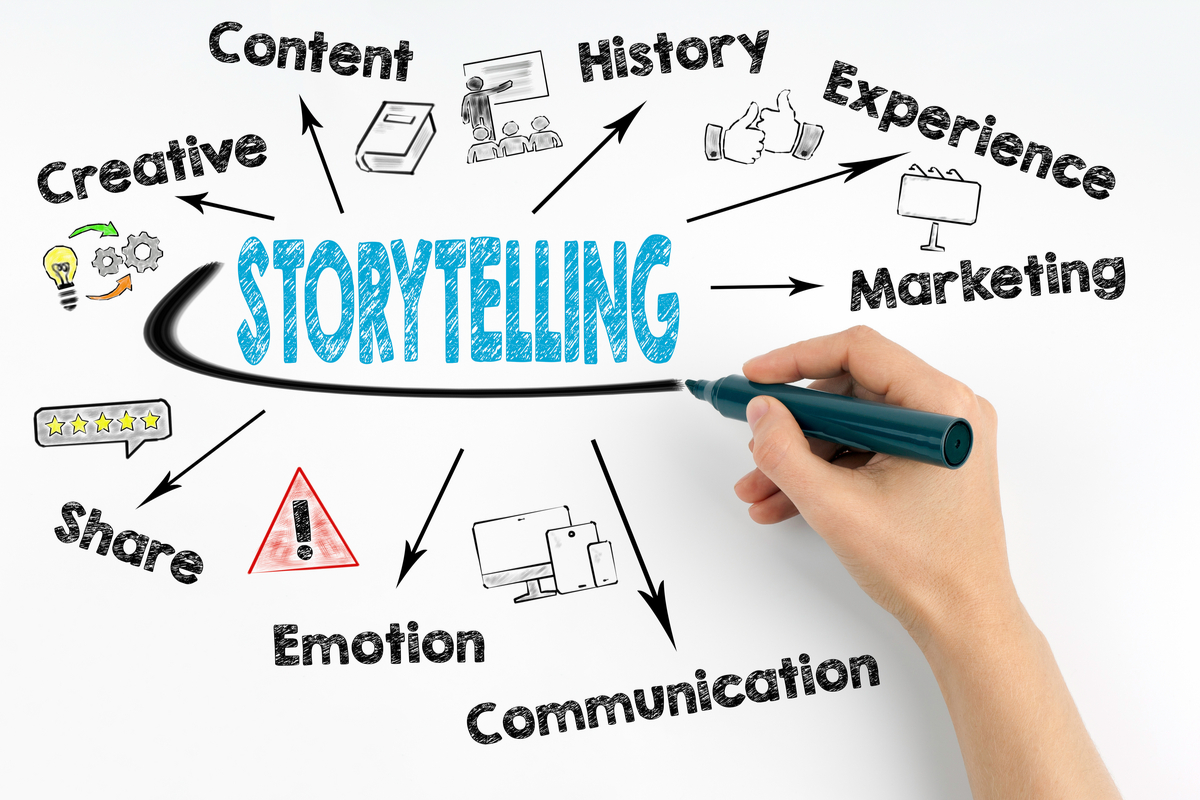
FAQ About Storytelling
Storytelling
2 years ago | gizem
How do you structure a short story vs. a novel?
Structuring a short story and a novel involves adapting your storytelling approach to the length and scope of each format. While both require a beginning, middle, and end, the execution and pacing can differ significantly. Here's a comparison of how to structure a short story versus a novel:
Short Story Structure:
Introduction (Beginning):
- Establish the setting, tone, and atmosphere efficiently.
- Introduce the main character or characters and their basic traits.
- Present the central conflict or problem that drives the story.
Development (Middle):
- Focus on a single main conflict or challenge that the character faces.
- Keep the plot concise, with a limited number of events or scenes.
- Develop the character's motivations, emotions, and reactions.
- Avoid subplots or extensive backstory—focus on the central conflict.
Climax (Middle to End):
- Reach the peak of tension and drama as the character confronts the conflict.
- The climax is often a turning point that leads to the resolution.
Resolution (End):
- Provide a swift resolution to the main conflict, addressing the outcome or resolution of the character's journey.
- Offer a final insight, revelation, or emotional impact to leave the reader thinking.
Novel Structure:
Introduction (Beginning):
- Introduce the setting, characters, and tone while allowing for more depth and detail.
- Present the protagonist's goals, motivations, and challenges.
- Set up the primary conflict or conflicts that will drive the narrative.
Rising Action (Middle):
- Develop the protagonist's journey and relationships over a series of interconnected events.
- Introduce subplots, supporting characters, and additional challenges.
- Deepen the protagonist's internal and external conflicts.
- Allow for character growth, evolution, and exploration of themes.
Climax (Middle to End):
- Build to a high-stakes turning point that forces the protagonist to confront their main conflict.
- Escalate tension and suspense, involving multiple plotlines if applicable.
- Characters make pivotal decisions and face the most challenging obstacles.
Falling Action (End):
- Begin resolving the conflicts, tying up subplots, and providing insight into characters' resolutions.
- Characters experience consequences of their actions and make final choices.
Resolution (End):
- Offer a satisfying and comprehensive resolution to the main conflict.
- Provide closure to characters' arcs and storylines.
- Reflect on the overall themes and lessons of the narrative.
